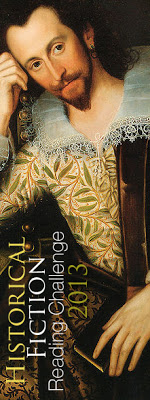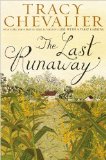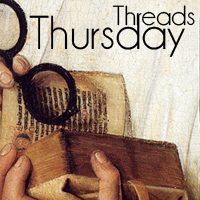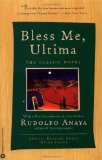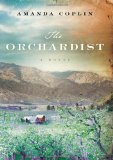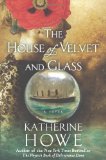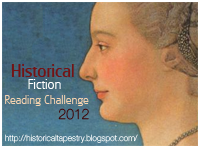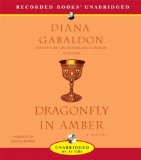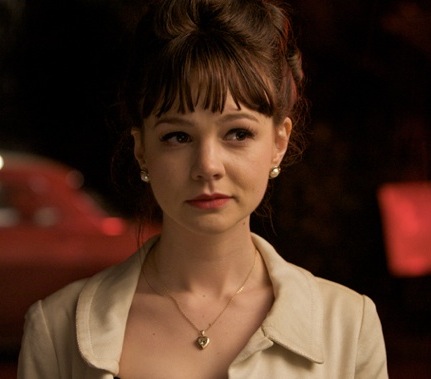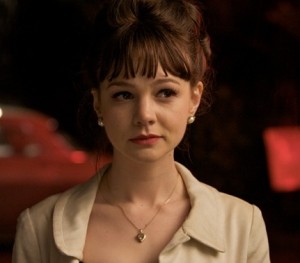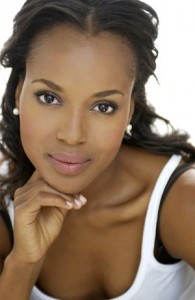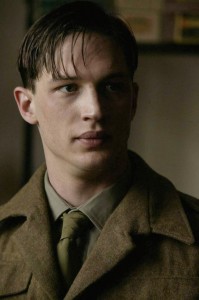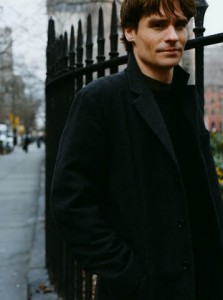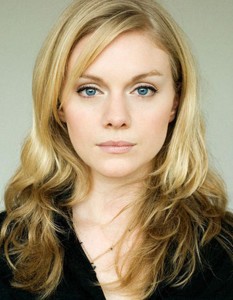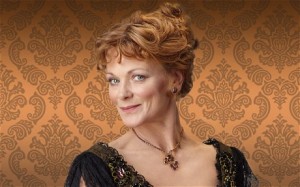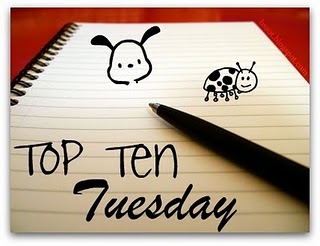[amazon_image id=”0545477115″ link=”true” target=”_blank” size=”medium” class=”alignleft” ]The True Confessions of Charlotte Doyle[/amazon_image]I realize that [amazon_link id=”0545477115″ target=”_blank” ]The True Confessions of Charlotte Doyle[/amazon_link] has been around for a while, and it’s been on my list, but I didn’t actually read it until my daughter chose it for one of her summer reading books. She said she had read and excerpt of it in school and thought it sounded good.
The True Confessions of Charlotte Doyle is the story of thirteen-year-old Charlotte Doyle, who has been away at school in England and is returning home to Providence, Rhode Island aboard the Seahawk. Through a confluence of events, she winds up being the ship’s only passenger, a fact which makes her very uncomfortable. Both the cook, Zachariah, an older sailor from Africa, and Captain Jaggery, the ship’s master, try to befriend Charlotte, but she doesn’t know who to trust. When the crew rises up against Captain Jaggery’s cruelty, Charlotte is even more confused about her place and winds up getting herself into a heap of trouble.
I have to admit it starts slow. I really wondered if Charlotte was going to become likeable and get some sense. She eventually does become likeable, but I think sense is a hopeless case. Once the book gets going, it’s pretty good. I think Avi was attempting to create a 19th century cadence through the first-person narration of Charlotte, but some of the sentences were awkwardly constructed, and I had to read them a couple of times to get them sorted out right. There is quite a lot of naval terminology, but the book has a helpful diagram of a ship and a glossary in the appendix. My daughter gave it two thumbs up. I’m glad she liked it. We read it together, and it was really nice to hear her say she didn’t want to stop at just two chapters once we reached the end of the book. This from a girl who says she doesn’t like reading. So that has to count for something.
If my daughter hadn’t chosen it for summer reading, I might not have gone past the slow start, but I did like it more once the action started, and towards the end, it was a regular page turner. Avi’s characterization brings all the players to life, and he has a true knack for setting, though I think he over-describes a bit. I don’t need to see “everything.” Then again, he is writing for children and may feel he needs to describe a bit more. I don’t know.
It’s a solid YA story, and I’m very glad my daughter liked it.
Rating:




